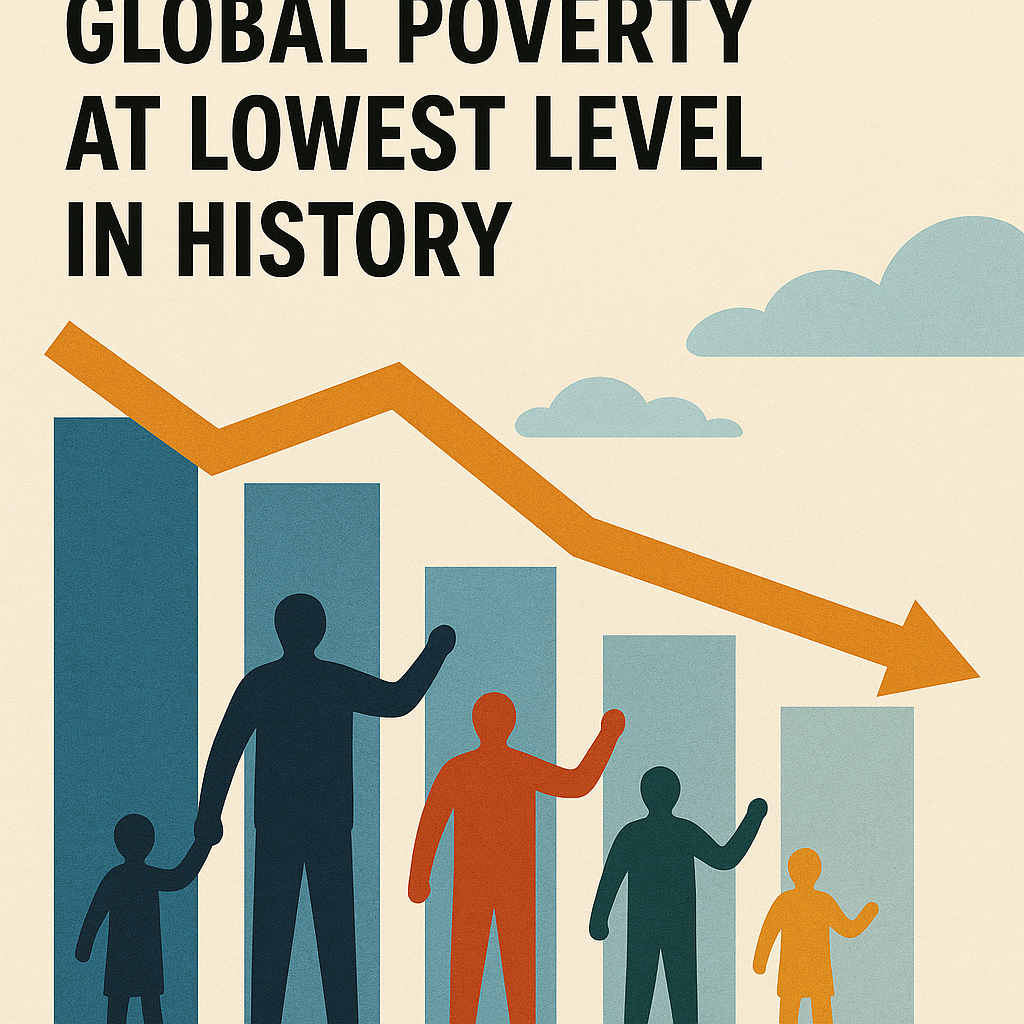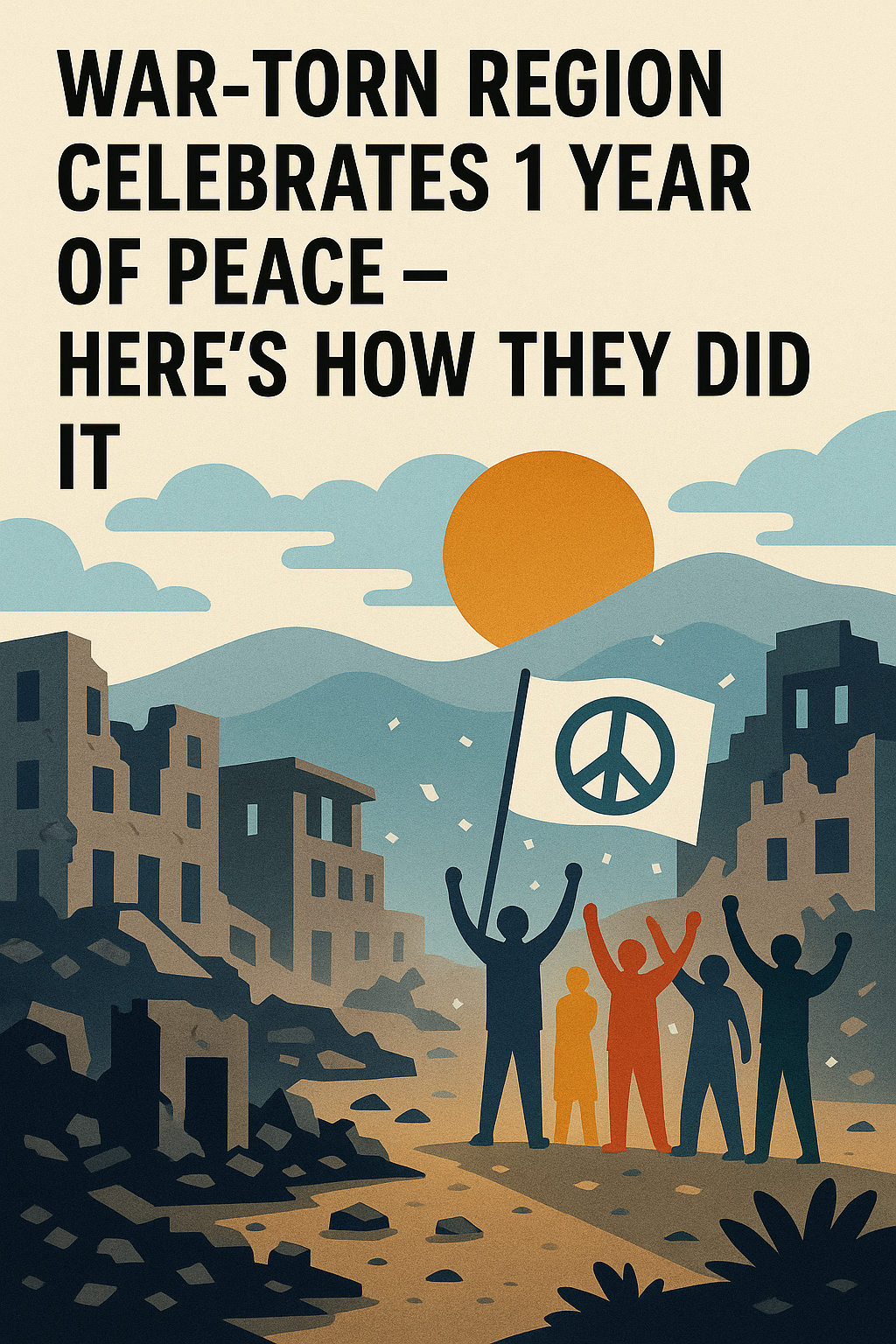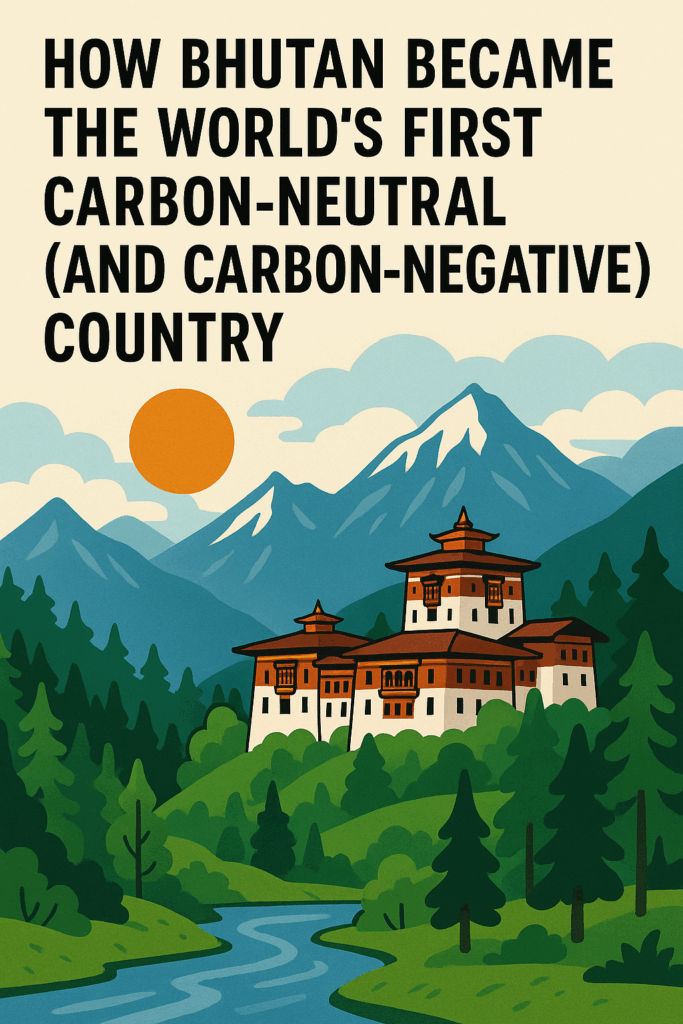UN Report Shows Global Poverty at Lowest Level in History – What’s Behind the Progress?
For the first time in recorded history, less than 10% of the world’s population lives in extreme poverty, according to a landmark United Nations report. This marks an unprecedented decline from 36% in 1990 to just 8.6% in 2024—a victory for global development efforts.
But how did this happen? And can the progress last amid climate change, wars, and economic crises?
1. The Good News: Key Findings from the UN Report
✅ Extreme poverty ($2.15/day) dropped from 1.9 billion (1990) to ~660 million (2024).
✅ China’s rapid growth lifted 800+ million out of poverty since the 1980s.
✅ India cut poverty rates in half since 2000 (from 40% to ~18%).
✅ Africa reduced poverty for the first time in decades (though still lags behind).
Biggest Successes:
- East Asia & Pacific (China, Vietnam, Indonesia)
- South Asia (India, Bangladesh)
- Latin America (Brazil, Chile, Colombia)
2. How Did the World Reduce Poverty So Dramatically?
A. Economic Growth in Developing Nations
- China & India’s industrialization created millions of jobs.
- Global trade & foreign investment boosted local economies.
B. Global Aid & Debt Relief Worked
- UN Millennium Goals (2000-2015) focused aid on health, education, and infrastructure.
- Debt forgiveness (e.g., for African nations) freed up funds for development.
C. Technology & Financial Inclusion
- Mobile banking (M-Pesa in Kenya) helped rural poor access money.
- Cheaper solar power brought electricity to remote villages.
D. Better Health & Education
- Vaccines & malaria nets saved millions of lives (child mortality down 50% since 1990).
- More girls in school → higher future earnings.
3. The Remaining Challenges
⚠ Africa’s Poverty Is Falling Too Slowly
- Nigeria, DRC, Madagascar still have 40%+ in extreme poverty.
- Climate change (droughts, floods) threatens farmers.
⚠ COVID-19 & Wars Reversed Some Gains
- Ukraine war, Sudan conflict, Myanmar crisis pushed millions back into poverty.
- Inflation & food shortages hurt the poorest.
⚠ Inequality Is Still Rising
- The richest 1% gained 38% of all new wealth since 2020 (Oxfam).
- Urban vs. rural gaps remain huge in India, Brazil, etc.
4. Can the Progress Continue?
✔ YES, if…
- Africa industrializes like Asia did.
- Climate adaptation helps farmers survive droughts.
- Global cooperation avoids trade wars & keeps aid flowing.
❌ NO, if…
- Wars & corruption drain resources (e.g., Haiti, Afghanistan).
- Rich nations cut foreign aid (already declining since COVID).
5. What’s Next?
The UN’s 2030 Sustainable Development Goals (SDGs) aim to end extreme poverty completely—but this requires:
🔹 More investment in African infrastructure
🔹 Debt relief for struggling nations
🔹 Fair trade policies (not just charity)



Leave a Reply